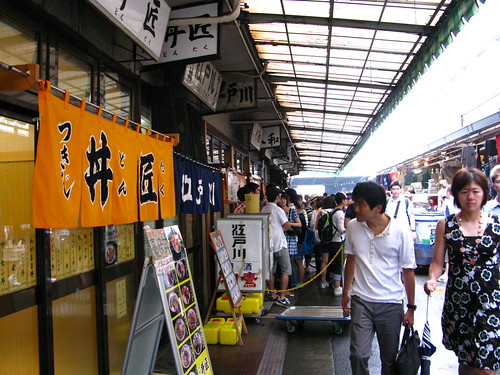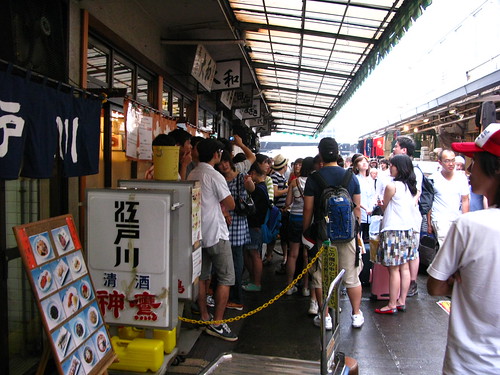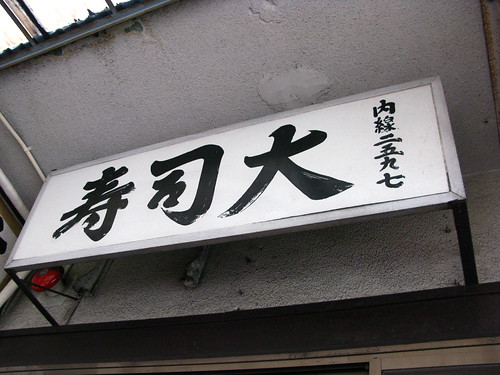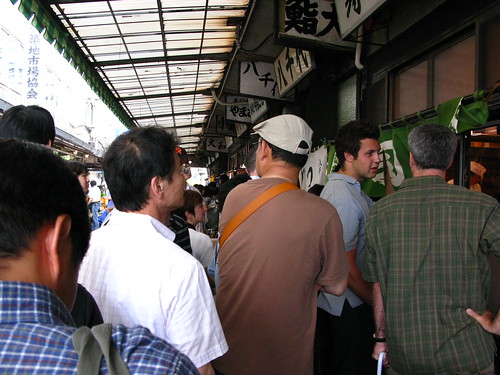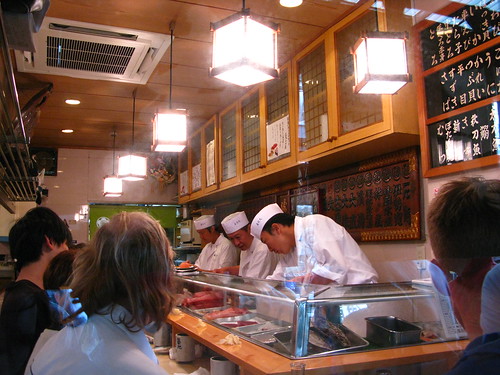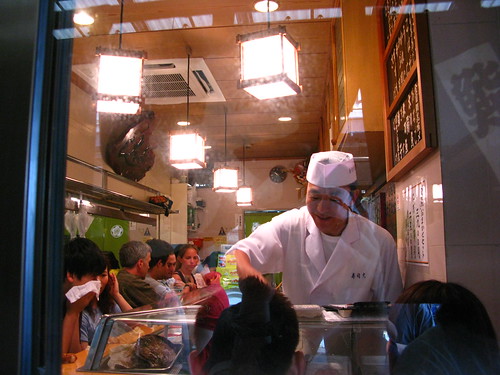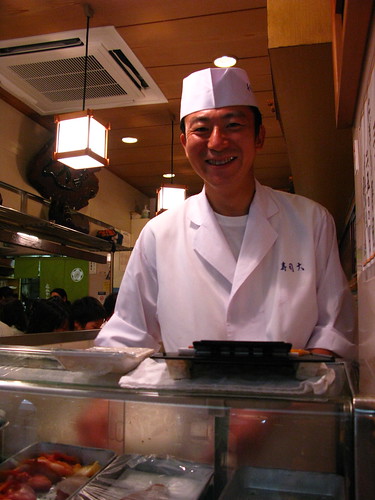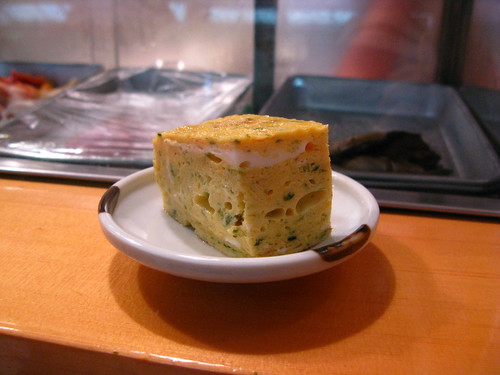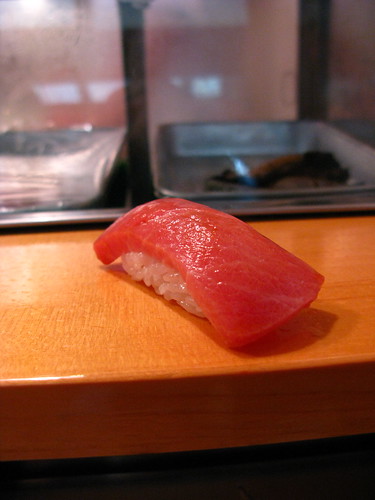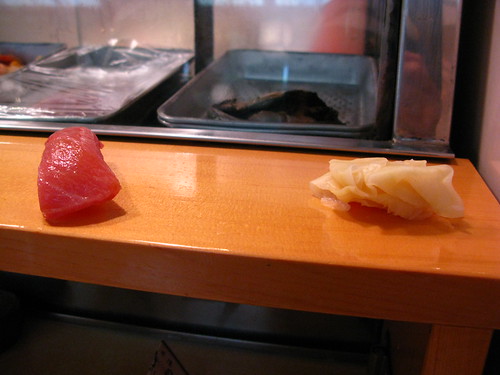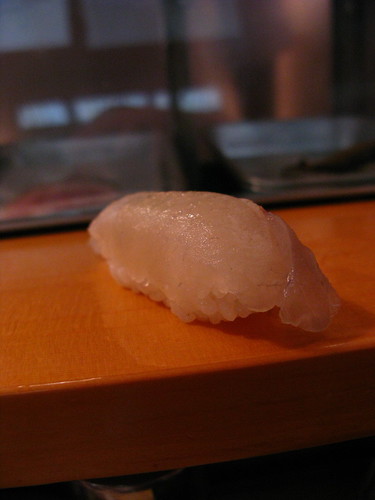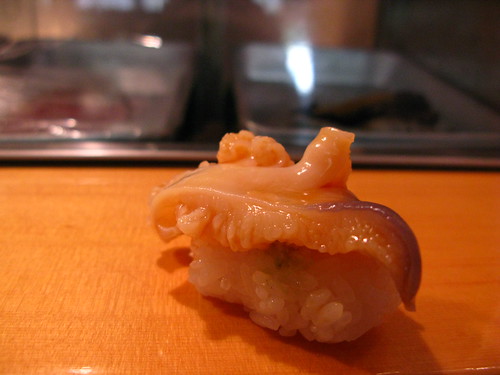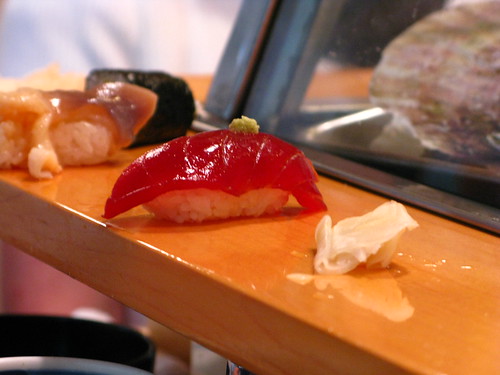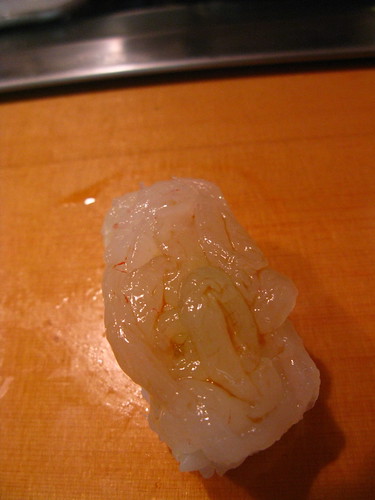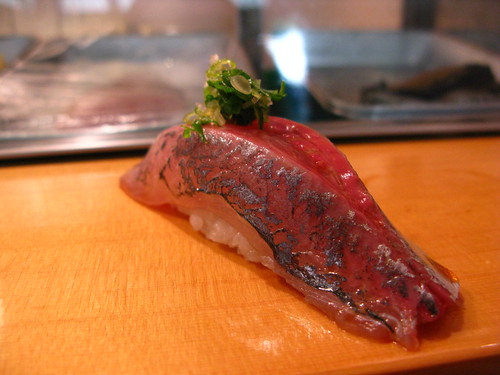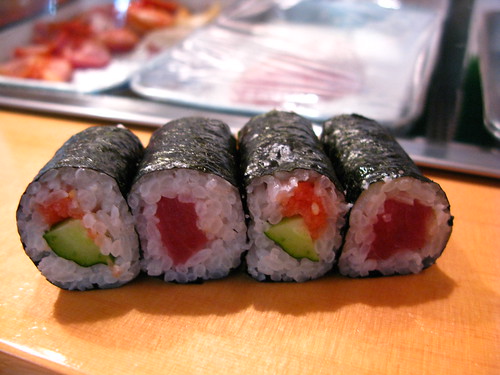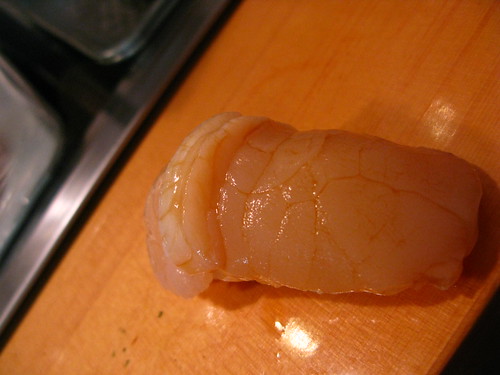The anti-whaling and environmental awareness initiative TransparentSea has scooped the esteemed ASB (Australian Surf Business) Surf Industry Award at the annual Australian Surfing Awards incorporating the Hall of Fame held on Queensland’s Gold Coast on the weekend.

The ASB Surf Industry Award is presented to “a person, persons or organisation that has continued to support the growth of surfing industry through financial and non-financial philanthropic contributions in the areas of community, environment and humanitarian aid during the 2009 calendar year”.
Among the judging panel that voted in the category are world champion surfers Mick Fanning, Tom Carroll and Layne Beachley, renowned author/journalists Sean Doherty, Nick Carroll and Adam Blakey, and industry legends Derek Hynd, Norm Innis and Phil Jarratt.
TransparentSea involved a core group of surfers who undertook a 36-day surfing/sailing odyssey down Australia’s East Coast in sea kayaks last October to highlight the plight of the migrating whales destined for the Great Southern Ocean and the inevitable visits by the Japanese whaling fleets.

In conjunction with Surfrider Foundation Australia and environmental watchdogs Tangaroa Blue, the surfers also participated in beach-clean ups and highlighted other areas of environmental concern.
Professional surfer, activist and the driving force behind TransparentSea, Dave Rastovich, accepted the award before a room packed with luminaries at the Coolangatta Hotel. Rastovich’s gracious acceptance speech included a call to industry for further support and the suggestion to utilise the network of surf schools that expose thousands of participants each year to surfing and the surfing culture for the first time.

“To inform people at the entry level of our sport is such an awesome opportunity. We have a chance to teach them about the aspects of surfing that we can’t live without which includes the beaches and the need to respect and protect them,” said Rastovich.
“If we can communicate these messages and make them a part of the foundation for learning for everyone who makes the decision to surf, then we will affect our culture in a powerful way.”
The TransparentSea voyage topped a list of commendable projects that included Rip Curl’s Planet Days, the National Surfing Reserves and World Safaris for contributions to surf travel.
Past winners of the ASB Surf Industry Award include Billabong (2008) and Coastalwatch (2009).
ASB publisher Keith Curtain said, “ASB is extremely proud to be associated with these awards and we congratulate Dave and the cast and crew who participated in the TranparentSea voyage on their win.”
“The list of nominees are all winners in their own way and the finalists underpin the commitment of individuals like Dave and Australian surf businesses across the areas of environment, junior development and humanitarian aid in 2009,” added Curtain.






For more info, please see the links below, or contact:
TransparentSea Media Manager – “JJ”
Media contact: jj@premiummedia.com.au
Mobile: +61 (0) 421 384 431
ASB Magazine:
Australasian Surf Business (ASB) magazine is Australasia’s only surf trade publication. ASB is delivered six times a year to every surf shop in Australia, New Zealand and Indonesia. In 2008 ASB received the Pioneer Award at the Australian Surfing Awards incorporating the Hall of Fame. To subscribe check out http://www.asbmag.com for all the latest news, jobs and market research.
About Hall of Fame:
The Australian Surfing Awards incorporating the Hall of Fame Inductee were first convened in 1985 by the Australian Surfriders Association (now Surfing Australia) to preserve the history of Australian Surfing and honour its great achievers.
Each year the Australian Surfing Awards incorporating the Hall of Fame Inductee are presented to recognize those who have continued to develop surfing in this country. The awards include a number of support categories that recognize the broad spectrum of individuals and organizations who are involved in the industry through events, competition, business, media, photography, movies, clubs, travel, administration or pioneering new initiatives. For more info see www.surfingaustralia.com
_____________________
Thursday, November 5th, Bondi Beach, NSW, Australia): The anti-whaling and environmental awareness campaign initiated by professional free-surfer and activist Dave Rastovich (Brunswick Heads, NSW, AUS) reached its exciting conclusion at Bondi Beach, Sydney today following an epic and testing 36 day voyage by sea which began at Byron Bay on October 1st.

Anti-whaling and environmental campaigner, free-surfer Dave Rastovich rides his last wave to shore at Bondi following an epic 36 day, 700+km voyage from Byron Bay. Image credit Skennar/Transparentsea
Dubbed “Transparentsea” the campaign takes aim at the Australian Government’s lack of action on Japanese whaling activity in the Southern Ocean, as well as highlighting areas of environmental concern along Australia’s eastern seaboard.
Rastovich and his fellow campaigners, including surfer/artist Chris Del Moro (San Diego, CA, USA), musician Will Conner (Byron Bay, NSW, AUS), activist Howie Cooke (Byron Bay, NSW, AUS) and photographer Hilton Dawe (Byron Bay, NSW, AUS) were welcomed to shore by hundreds of well-wishers and supporters, having accrued nearly 800km at sea in their trimaran kayaks, as they traced the path of migrating humpback whales south.

Surfers show their support by paddling out to greet the Transparentsea team at Bondi. Image credit Skennar/Transparentsea
Rastovich, who in 2005 co-founded the group “Surfers for Cetaceans” and was this year one of just 300 invitees to Al Gore’s “The Climate Project” Asia Pacific Summit in Melbourne, recounted the incredible personal interaction he and his team had experienced alongside whales during their journey and encouraged the Australian public and all-like minded people to pressure Prime Minister Kevin Rudd and Minister for the Environment, Peter Garrett to uphold their pre-election promises.
“Kevin Rudd and Peter Garrett told the Australian people they would enforce and uphold international laws that would prevent the Japanese from targeting whales in the Southern Ocean Sanctuary. To date they have not acted on these promises,” said Rastovich.
“We’re here as representatives of the global surfing community and all people who are passionate about saving these amazing mammals, and we’re asking Rudd and Garrett to act now and do what they said they were going to do.”
“Everyone we’ve encountered during our trip, in every coastal town and at every beach, has been shocked to learn the Government is not acting on this issue,” said Rastovich.
During their frequent stops down the coast, the Transparentsea team in conjunction with Surfrider Foundation and Tangaroa Blue also initiated beach-cleanups with all the rubbish collected, tabulated and added to the National Marine Debris database.
“This journey has given us first-hand experience, undeniable proof, that our beaches may look good from far, but they are far from good. We visited beaches that did not have a single human footprint yet they’re covered with plastic and other forms of garbage that damage ecosystems and enter the food chain where it stays forever,” Rastovich added.
Rastovich asked that anyone who cared about the whaling issue to send a message to their local council or addressed direct to Peter Garrett and Kevin Rudd, to prompt the government into action.

Left to Right the Transparentsea campaigners included photographer Hilton Dawe, musician Will Conner, surfer Dave Rastovich, surfer Chris Del Moro, activist Howie Cooke. Image credit Skennar/Transparentsea
Redeployed from : travel and tourism and comfort










![[250px-Ushuaia.jpg]](https://blogger.googleusercontent.com/img/b/R29vZ2xl/AVvXsEjY9oFG1FAncyeuIarstiZXQM4bDHJuli8tYuKu4vfmw2yRviXkkw48pE8yIMT3fbcZtrvZKpb5KJFkxNpAs_6i0PHyx9yHeywNLsXb6O0eSVdj6AR5jcZcM_J-dxbmvn-KwTOeZyBRrn4M/s1600/250px-Ushuaia.jpg)
![[300px-Colosseum,_Rome.JPG]](https://blogger.googleusercontent.com/img/b/R29vZ2xl/AVvXsEic1M9Gj9MJy2UPzOP0IFrnSgBLkJC0nYyCb19V6dXyUrakY-GK_Ig7oPihAtQaWHJ9_FAE6SZUbgor8QjLr7IGcAd0WBLpm4HRg5JOsvF0CvOg_gdF7xA_WkecQnQRjs2tUUpkpqFYq3p9/s1600/300px-Colosseum,_Rome.JPG)
![[kuala-lumpur.gif]](https://blogger.googleusercontent.com/img/b/R29vZ2xl/AVvXsEgL3CuSFZnhKmo_4aMiPStccYLXjNhOINcH9UeJ1qA22PMKk8mdvi3enJvmqp2_dck0yajYGk-o7kFw2HhF4d4iP_p8r3-BucMg4LbiVfnsmvPj9BC_oYh5QGltBIPPdPhZHnPxjLgh-TeP/s1600/kuala-lumpur.gif)
